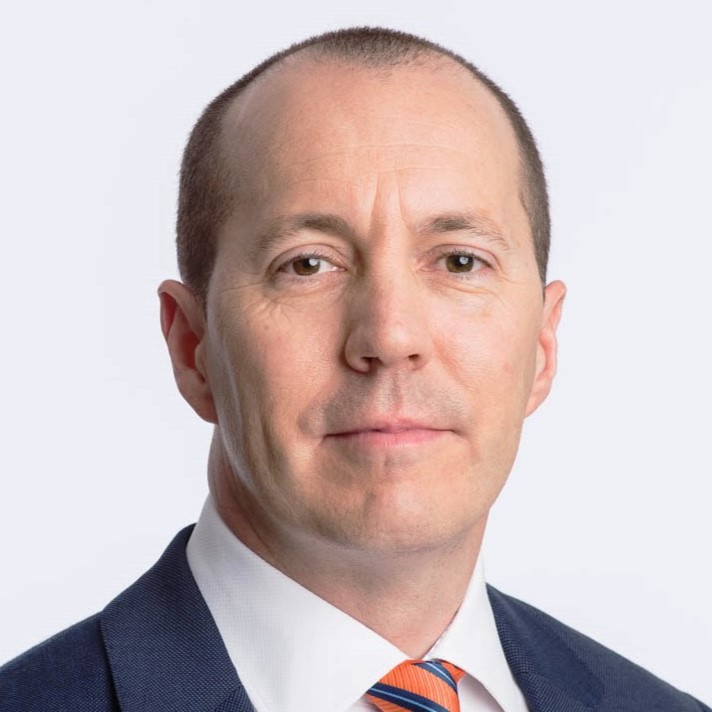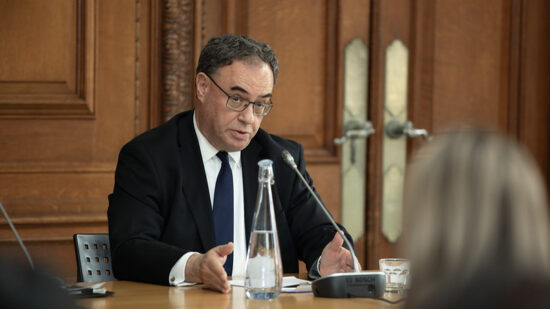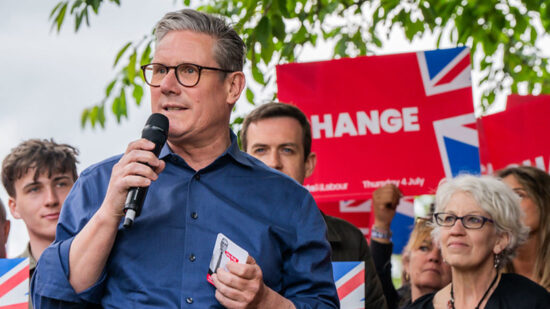In the latest in our regular series, Portfolio Adviser hears from David Miles, head of distribution UK at J. Safra Sarasin (pictured below)
Which particular asset classes and strategies do you anticipate your intermediary clients focusing on in 2024?

I anticipate a greater amount of risk-taking by investors, following the dash to cash and investment-grade bonds during late 2022 and into 2023, as higher central bank rates made these assets attractive, on a relative and absolute basis for the first time in many years.
As the business cycle extends into what many consider to be a soft or even ‘no-landing’ scenario, this should provide more confidence in perceived riskier assets. Equities provide an interesting conundrum with some markets, like Japan, being much sought-after and others, like the UK, seemingly not in demand, while appearing to offer good value on a historical basis.
As ever, investors should consider diversification and a focus on longer-term themes. We believe there is a generational opportunity for investors when it comes to the megatrends, such as the green transition and technology, and we have funds that tie directly into this. We would also highlight the benefits of investing in strong, established companies that are dividend-payers.
“Should there be some persistent inflation in the system, one consideration could be an allocation to commodities.”
Should end-investors – and, by association, asset managers – be thinking beyond equity and bond investments? Towards what?
Absolutely – alternative, uncorrelated sources of return should, according to the theory, compliment the robustness of any portfolio. While there has been a significant easing in the levels of inflation that were being experienced by many – particularly in the UK – it is far from clear if we are returning to an environment where inflation will sit at or around the targets set by central banks.
Should there be some persistent inflation in the system, one consideration could be an allocation to commodities. This in turn links to the move to a lower-carbon economy, which will require significant amounts of raw materials. Direct commodities exposure is one way to play this, while another might be to invest in the related companies. Investors may also wish to consider the ESG implications of any approach to this asset class.
To what extent do private assets and markets fit into your thinking? What are the current pros and cons for investors?
While we do have a private markets capability, this is not something that is part of our distribution strategy at this stage. It is an area that has been out of reach for many investors, so any developments here leading to more choice for investors are welcome.
Given client and regulatory pressure on charges, how is your business delivering value for money to intermediaries and end-clients?
Clients are at the heart of our business and the industry more generally. Looking across Europe, there are regional variations in cost expectations and the UK is at the more cost-focused end of the spectrum. Cost is only one side of the equation, however – but, to repeat the old adage, ‘Price is what you pay; value is what you get.’ We must ensure our offering is competitive in price terms, while also delivering value for investors both in terms of performance and the integration of ESG throughout the investment process. Where applicable, we also have another objective: to deliver financial returns while ensuring a significant proportion of portfolio revenues are ‘green revenues’, as defined by the EU Taxonomy.
How much of your distribution is currently oriented towards climate change, net zero, biodiversity and other segments of sustainable investing? How do you see this approach to investing evolving?
We first started our journey along this road in 1989 – and sustainability is now fully integrated throughout our investment process. In 2001, we created the proprietary sustainability matrix tool to assist in our ESG analysis of countries, industries and companies. The majority of our funds are currently SFDR 8 and 9.
As evidence of our commitment in this area, in 2006 we were a founding signatory of the UN Principles for Responsible Investment. More recently, we became a member of the Net Zero Asset Manager initiative and the Glasgow Financial Alliance for Net Zero in 2021. We have taken this a step further with our own Climate Pledge, where we have set an ambitious target, aiming for carbon-neutral outcomes for our portfolios by 2035. We use our proprietary climate engine to understand the temperature pathway of our investments and to plot progress towards our target. We were also one of the first signatories to the Finance for Biodiversity Pledge and have carried out extensive research in this area using the public tool Encore, which looks at biodiversity impact.
Over time, our expectation is that investors’ focus on the importance of these topics will only increase. This will be driven chiefly by three factors: recognition by the public at large that investing needs to be done with a more sustainable mindset; government and regulatory pressures; and a growing appreciation of the investment returns available from companies that lead the transition.
“Trust and empathy are more quickly earned via in-person meetings.”
How are you now balancing face-to-face and virtual distribution? In a similar vein, how are you balancing working from home and in the office?
Virtual distribution, accelerated by the pandemic, is a very useful tool for doing business. In particular, initial fact-finding meetings or ‘meet-the-manager’ conversations can be facilitated this way, especially as our portfolio management teams are chiefly based in Zurich and Geneva.
All of that said, intuitively, in-person communication is better. After all, we have not evolved to communicate via screens. Trust and empathy are, in my view, more quickly earned via in-person meetings.
Some four years on from the start of the pandemic, London is feeling very busy – even if there is a bit more of a squeeze on the train on my Tuesday morning commute, as compared with Friday!
What do you do outside of work?
I really enjoy spending time with friends and family; reading; listening to podcasts (currently ‘The Rest is History’) and my weekly visit to the Karate Dojo, where I train with my twin sons. Karate with the boys seemed like a good idea when they were 10, but as they approach 17, let’s just say things are getting a bit livelier!
In what ways do you see the asset management sector evolving over the next few years?
Consolidation is, of course, one of the most obvious things to say – however, I am sure there is likely to be plenty of innovation, as well as what you might describe as channel integration.
On the first point, I expect developments in custodian and transaction practices resulting from technological innovation. I expect the further adoption of AI – both in terms of research and in areas such as client reporting. With the growth of technology as a sector, AI will also pose questions around areas such as the composition and concentration of indices. It is likely we are underestimating the long-term impact of technology and asset-allocation practices will have to adapt to deal with this. There is a lot of talk currently about how much or how little allocation investors should have to tech stocks – it appears to be quite an expensive question to ask: tech stocks have outperformed the broader global equity benchmark 13 out of the last 15 years!
On channel integration, the difference between research practices and due-diligence in the wholesale and institutional channels is growing ever smaller. Manager research carried out by a national wealth manager and an investment consultant is increasingly similar in sophistication and workload. Add in the increasing efforts by some of the larger investment consultants to focus on wealth to grow their business outside of their traditional pension client base and it rather suggests more homogenous sales team structures and practices in the future.







